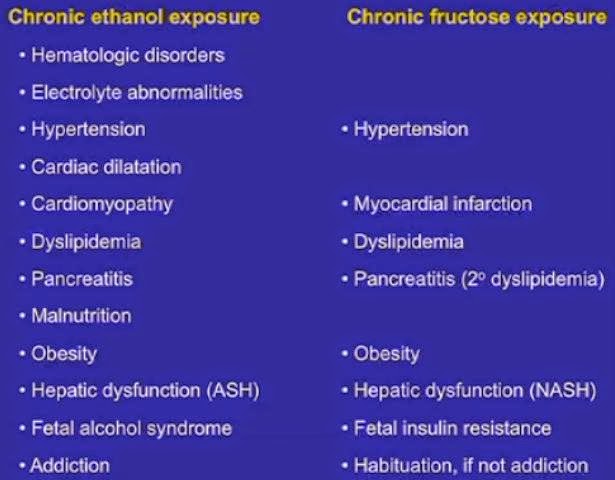Key Point
The speed at which weight is lost is no doubt a motivational factor to achieving your goals. Following a very-low-calorie diet (vlcd) in the short term may provide quick results adding a motivational factor for obese people to continue.
However, the 450-800 kcal/day used in the study is an extreme restriction and basically a starvation diet. This is well below the basal metabolic rate for anybody and it would be very difficult to achieve the nutrient levels required to keep your body fit and healthy on such a low calorie restriction for any length of time.
It is also a widely known fact that under calorie restriction your body will prefer to metabolize muscle mass as fuel rather than fat. This will in turn lower your basal metabolic rate, making you more susceptible to fat gain when you stop dieting.
The most valid take away from this article is that the diet regime requires to be different for different people and that professionals should be involved for obese people seeking to lose weight.
However, the article fails to mention particular issues that may make rapid weight loss on vlcd for obese people with BMI >30kg/m2 more effective.
The findings may not be valid for the general population who are only overweight with BMI > 25-30 kg/m2. The article fails to make this distinction.
In summary, Key Point considers that the authors are taking findings from a very specific study on a very specific group and attempting to make sensational generalizations that debunk and sweep aside common sense. Aesop's fable indeed.
The article also offers no health warning or qualification about the serious health issues that could occur from following a 450-800 kcal/day diet.
The article is copied below:-
The Lancet Diabetes & Endocrinology: Gradual weight loss no better than rapid weight loss for long-term weight control
The study, led by Joseph Proietto, Sir Edward Dunlop Professor of Medicine at the University of Melbourne and Head of the Weight Control Clinic at Austin Health in Australia, set out to examine whether losing weight at a slow initial rate, as recommended by current guidelines worldwide, results in larger long-term weight reduction and less weight regain than losing weight at a faster initial rate in obese individuals.
The Australian trial included 200 obese adults (BMI 30–45kg/m²) who were randomly assigned to either a 12-week rapid weight loss (RWL) programme on a very-low-calorie diet (450–800 kcal/day) or a 36-week gradual weight-loss (GWL) programme. The GWL programme reduced participants’ energy intake by approximately 500 kcal/day in line with current dietary weight loss guidelines. Participants who lost more than 12.5% of their bodyweight were then placed on a weight maintenance diet for 3 years.
Participants who lost weight faster were more likely to achieve target weight loss: 81% of participants in the RWL group lost ≥12.5% of their bodyweight versus just 50% in the GWL group. The researchers found that the initial rate of weight loss did not affect the amount or rate of weight regain in these patients who entered the subsequent weight maintenance period, as similar amounts of weight were regained after 3 years by participants who had lost weight on either diet programme. Weight regain was around 71% in both groups after 3 years.
According to Katrina Purcell, dietician and the first author on the paper from the University of Melbourne, “Across the world, guidelines recommend gradual weight loss for the treatment of obesity, reflecting the widely held belief that fast weight loss is more quickly regained. However, our results show that achieving a weight loss target of 12.5% is more likely, and drop-out is lower, if losing weight is done quickly.”
The authors suggest a number of possible explanations for their findings. The limited carbohydrate intake of very-low-calorie diets might promote greater satiety, and less food intake by inducing ketosis.
Writing in a linked Comment, Dr Corby Martin and Professor Kishore Gadde from Pennington Biomedical Research Center, Baton Rouge, USA say, “The study…indicates that for weight loss, a slow and steady approach does not win the race, and the myth that rapid weight loss is associated with rapid weight regain is no more true than Aesop’s fable. Clinicians should bear in mind that different weight loss approaches might be suitable for different patients in the management of clinical obesity, and that efforts to curb the speed of initial weight loss might hinder their ultimate weight loss success.
Full bibliographic information:
Katrina Purcell, Priya Sumithran, Luke A Prendergast, Celestine J Bouniu, Elizabeth Delbridge, Joseph Proietto. The effect of rate of weight loss on long-term weight management: a randomised controlled trial. The Lancet Diabetes & Endocrinology, 2014; DOI: 10.1016/S2213-8587(14)70200-1


















